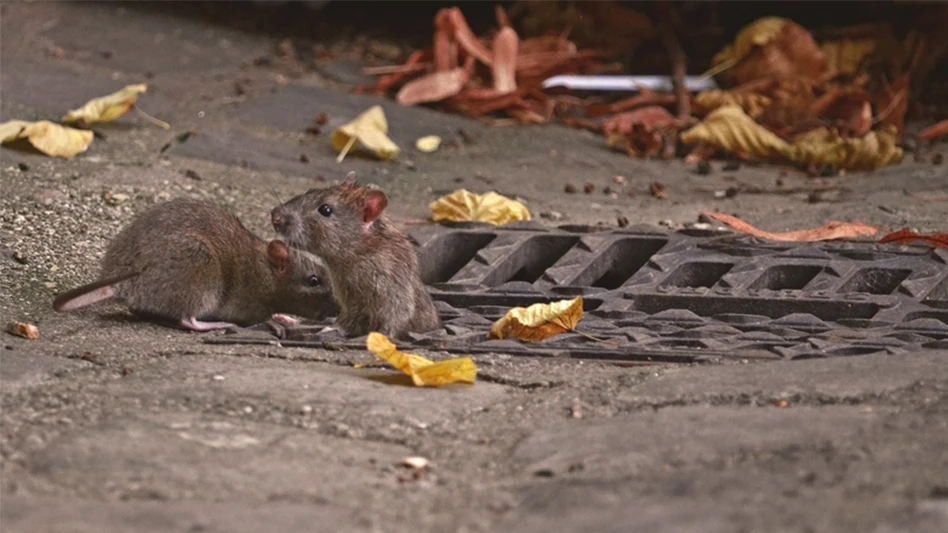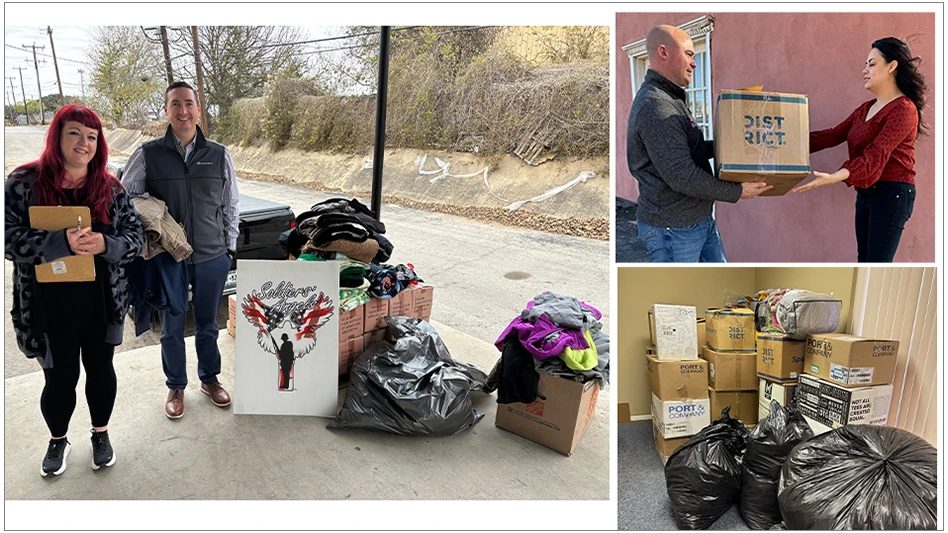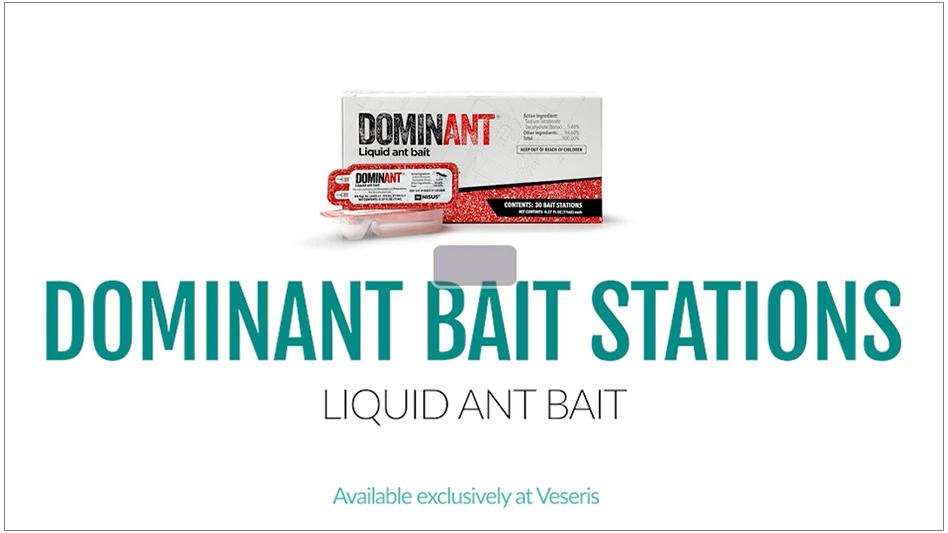What will it take to expand the market? Win and keep new customers? These are just two of the many questions that will be occupying PCOs’ minds as they face a new century in an increasingly competitive and consolidated market. But there is an answer to these complex questions if you’re willing to think untraditionally, according to an analysis presented by Dean Nelson, a vice president with the Boston Consulting Group in Chicago.
“The market, given the high degree of competitiveness, will demand new models,” Nelson said. “Competition is only going to intensify, and there will continue to be greater consolidation. The large will get larger and gain more of the market share.” Furthermore, he added, if PCOs really want to grow the market, they must come up with new offerings for consumers, mainly higher quality service that is hassle-free.
Nelson, who holds a master’s degree in business administration from the University of Chicago, assists clients in the areas of general strategy, marketing and operations. In 1996, at the request of S.C. Johnson, which purchased Whitmire Micro-Gen Research Laboratories, Nelson turned his eye toward the pest control industry and researched ways PCOs could grow their market. He presented the findings last year at Whitmire Micro-Gen’s Symposium, which is held every other year in St. Louis, Mo.
On the surface, what he recommended seemed rather tame. It was simply a new way of organizing a business to increase revenue and expand the market. Nelson said that to achieve “breakthrough performance” in the pest control industry, PCOs need to accomplish two key goals: understand what the customer truly wants, and understand the key drivers of financial performance in a pest control operation.
But the plan Nelson presented toward achieving these goals was controversial, calling for PCOs to uproot many of their long-held service traditions. In a nutshell, Nelson said, if PCOs are going to grow their market at the rate they want, they must begin offer-ing less frequent service, with quarterly services as their predominant service interval.
WHAT CUSTOMERS WANT. The winning PCO, Nelson said, knows what his or her customer wants. Conventional wisdom says customers want frequent applications and measure the quality of service by the number of times they see a technician in their yard. But often what the customer really wants, Nelson said, and what the PCO thinks they want, may be two different things. “Customers don’t care about the type of treatment, they don’t care about the amount of labor — about how long a person stays at their home — they just want a pest-free environment,” he said.
According to Nelson’s research, PCOs haven’t been catering to these customer needs. Consumers rated the pest control industry relatively low in customer satisfaction, identifying three problem areas: price, convenience and perceived risk to pesticide exposure.
Some customers said prices were too high. “If you lower your prices and offer some lower-priced solutions, there is a whole set of customers that don’t use [any PCO] today that will flock to you,” Nelson said. Customers also thought scheduling was in-convenient. In America today, Nelson said, a large percentage of households are single-parent or dual-income households, so people are often not at home during the day. As a result, being able to schedule monthly service becomes a hassle for customers. Finally, customers indicated a concern about frequent exposure to chemicals.
While this news may seem discouraging, it actually reflects a great opportunity for those who can figure out how to raise cus-tomer satisfaction, Nelson said. “Companies that can both deal with the budget and time constraints of the household are the most successful ones,” Nelson said. The best way to achieve this balance of low price and convenience is by selling quarterly services as your primary service plan, he said.
QUARTERLY SERVICES. Switching from monthly to quarterly services addresses customer concerns right from the start, Nelson said. And remarkably, quarterly service allows PCOs to charge less, yet also earn higher profits per stop. For instance, a typical monthly service fee is about $360 a year ($30 per treatment x 12 months), while the typical quarterly service runs just $280 ($70 per treatment x 4), resulting in a 22% discount for customers. And while technician labor, transportation, chemical and equipment costs may rise per account with quarterly service (more treatment time is needed for quarterly service as compared with monthly); the charges are only incurred four times per year instead of 12. As a result, total costs are less to the PCO and to the customer. According to Nelson, if PCOs adopt the quarterly service model, they can expect to receive a 100% increase in gross margin per route.
Furthermore, selling only quarterly service makes scheduling easier, as there are eight fewer visits to schedule each year. Less frequent service may also lessen the customer’s fears of being exposed to pesticides on a repeated basis. Therefore, building a business around quarterly service allows the PCO to make more money while lowering prices and addressing the most common customer complaints, Nelson said.
The plan has a catch however. For the quarterly service arrangement to work, Nelson said, PCOs must ensure quality pest management and strive to eliminate callbacks. “Quarterly service is a terrific economic proposition for you and your customers if you can do it effectively,” he said. “If you can’t, then it’s a disaster.” Nelson said elevating the service level to a point at which callbacks are minimized requires clear protocols and standards, something the industry is currently lacking.
For instance, he said, companies such as UPS and McDonald’s have set protocols for employees to follow, even down to how many seconds to leave a burger on the grill. And while the pest control industry doesn’t lend itself to such specificity, Nelson said, he was surprised at the lack of “best practices” in the industry, even within individual companies. The result is that within individual organizations, different technicians take different approaches to different solutions. This isn’t necessarily a negative trait, said Nelson, but all technicians have different learning curves, and if they are not taught a set of consistent protocols, poor or inconsistent quality can result. “The way you’ll distinguish between winners and losers is based upon best practices, and best practices will revolve around more standardized treatments and an optimal business model,” Nelson said.
But not everyone agrees with following a standardized set of industry-best practices. Bonnie Everts, co-owner of Pesco Pest Control Services, Inc. in Indianapolis believes forcing standardized practices is too mechanized for an industry that requires customization and a “human touch.”
“It’s difficult to take 100 different houses with 100 different pest problems and tell the technician to treat these alike,” Everts said. While Pesco has training guidelines and protocols for initial service and precision application, having specific practices for each and every situation would be limiting, Everts said.
presentation. Although her company is always trying to re-evaluate their service and find ways of doing things better and more efficiently, Everts said, she doesn’t think quarterly service will work for her core customer group. At present, about 15% of Pesco’s customers use quarterly service, and most of them want preventative services against occasional invaders such as spiders. But Everts said the core customers who require cockroach and ant control request monthly service. She says quarterly service will most likely continue to grow, but will not become an industry standard, as Nelson suggests.
Across the country in fact, it appears many PCOs do not agree with the quarterly service mindset. A recent survey conducted by PCT’s sister publication Service Technician revealed that 72% of service technicians still treat on a monthly basis.
Quarterly service is nothing new for Bobby Jenkins however. Jenkins, president of ABC Pest Control in Austin, Texas, has been offering quarterly services for 25 years. The company also offers a biannual service, but no longer sells a monthly treatment program. Jenkins says offering quarterly service brings the best of both worlds to his company: more money and better customer service. “We can do fewer stops but generate more revenue.” ABC’s technicians spend about an hour at each quarterly account, and the added time spent ensures better service, Jenkins said. The more time a technician can spend at an account, the more thorough treatment the customer will receive, preventing the callbacks that Nelson says can ruin the profitability of quarterly service. Jenkins said ABC also uses increased customer communication and education as a way to protect against callbacks. ABC technicians issue customers an IPM report which details the treatment they received and includes important pest prevention information.
Jenkins said the combination of quarterly service and fewer callbacks is a powerful one when it comes to increasing revenue. The benefits of quarterly service also have a positive “compounding” effect on ABC’s success, Jenkins said. For example, quarterly service brings in more money for the company, which allows for more professional technicians and more advanced training. High quality technicians provide better, more comprehensive service, which in turn increases customer satisfaction and brings in more revenue.
MANAGING KEY FINANCIAL DRIVERS. Once you’ve begun offering quarterly services and establishing industry-best practices, the next step the winning PCO should take is to understand the true drivers of financial performance in a pest control operation. These key areas are route profitability, customer retention and technician turnover. “If you can optimize those three dimensions,” said Nelson, “you’ll have a great business model, you’ll have a better financial return and a solid foundation for growth.”
Route Profitability. Managing route profitability primarily involves making the switch to quarterly service. Moving to quarterly service increases the price per individual treatment while only slightly increasing labor and chemical costs. The result is more revenue and a lower price to the customer because of less frequent treatments.
Customer Retention. Managing this aspect of your business is key, Nelson said, because the more customers you have to attract, the more you spend in marketing efforts. Furthermore, Nelson said, it takes longer to make money on a new customer, because typically initial treatments require more labor and materials. In fact, Nelson said, research indicates that in the commercial market, it takes an average of 13 months before you actually make money on a customer. “If you lose a customer before 13 months, you’d actually be better off not even having that customer.”
So why do customers leave? Many PCOs think customers discontinue service because their pest problem gets solved. But in reality, Nelson said, most customers leave to go to another PCO because of price and quality of service. Nelson’s analysis indicated 80% of customers leave because a PCO is not doing an effective job, with only 20% leaving because their problem was solved. (see chart, page 89) When you provide quarterly service, which is generally 25% less expensive for the customer, you are at less risk of losing business to a cheaper PCO, Nelson said.
Technician Turnover. Hiring and training a new employee is expensive, and losing that employee can have a significant negative impact on your revenue. “By the time you do your recruiting, your interviewing and your screening, you are making a huge investment, and in fact it is a very negative investment for a considerable amount of time,” Nelson said. The price of a new tech-nician is exacerbated, he added, because new technicians will be less effective in the beginning, until they become comfortable with their job requirements. With all this money being spent or lost on new employees, it’s easy to see why a PCO with double the retention rate of another PCO is going to be a winner in the long term, Nelson said.
The secret to keeping your technicians, Nelson said, is aligning them more clearly with the economic success of your business. Pay technicians incentives, Nelson said, for increasing customer satisfaction, reducing callbacks and selling add-on services. In other words, make them part-owners of the business. The money you’ll pay your technicians as incentives will cost far less than what you would spend by constantly hiring and training new technicians.
A CONTINUING SAGA. The debate about quarterly service and its affect on pest control companies will no doubt continue to be an industry “buzz.” And whether you’re a backer or a basher of quarterly service, you can expect to see more companies experimenting with quarterly service plans. Already some of the industry’s more progressive and successful companies, such as Sears Termite and Pest Control, Inc. and Truly Nolen Pest Control, feature quarterly service programs prominently in their business mix. These companies have found success in using quarterly services, and where there is success, you can bet there will be other companies following.
The author is assistant editor of PCT.
sidebar: WHY CUSTOMERS LEAVE
Nelson said many PCOs think customers discontinue service because their pest problem is solved. But Nelson’s customer research indicates the majority of customers quit using a particular PCO because they are dissatisfied with the quality of service they’re receiving. Furthermore, Nelson said, dissatisfied customers usually seek out another PCO to solve their problem, representing a tremendous opportunity for companies who can excel at customer satisfaction.
80% of customers leave dissatisfied
20% of them leave with their problem solved
sidebar: DOUBLE YOUR PROFIT WITH QUARTERLY SERVICE
Nelson presented the following financial figures at the Whitmire Micro-Gen Symposium to demonstrate the profit-doubling affect quarterly service can have on a pest control business.
Explore the October 1997 Issue
Check out more from this issue and find your next story to read.
Latest from Pest Control Technology
- ActiveGuard Mattress Liners Offered to Philadelphia Fans Traveling to The Big Game
- Pest Index Increased 11 Percent YOY in December
- Hawx Pest Control Earns QualityPro Accreditation
- Envu Announces Lichtenstein as Chairman of Board of Directors
- Spider Expertise, Cockroach Species, AI Tools for Disease Transmission Hot Topics at Purdue Conference
- Rose Pest Solution Promotes Kandler to District Manager of Columbus (OH) Office
- Webinar: Maximizing Cash Flow — Key Strategies for Business Growth
- WorkWave Announces Wavelytics





